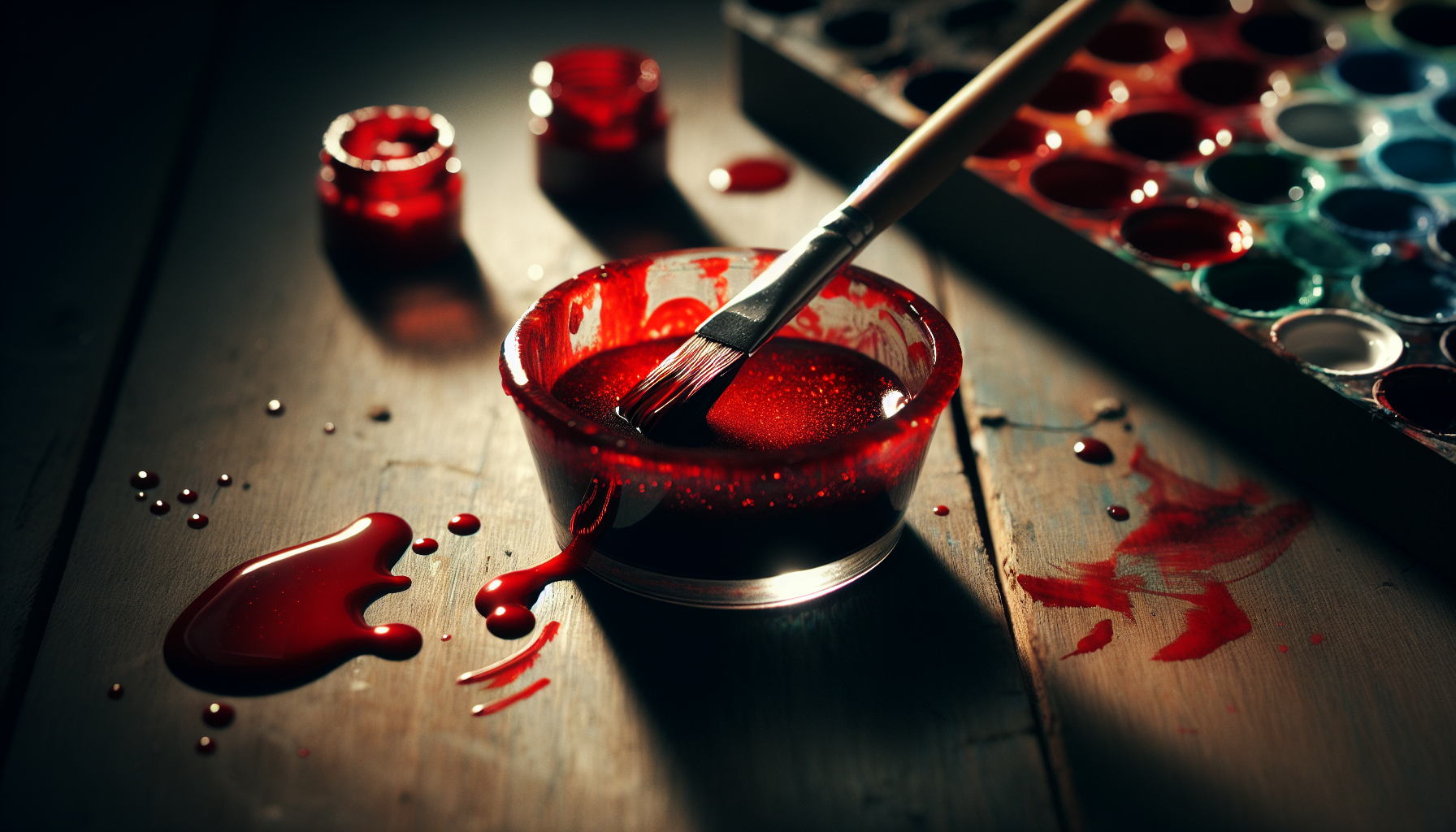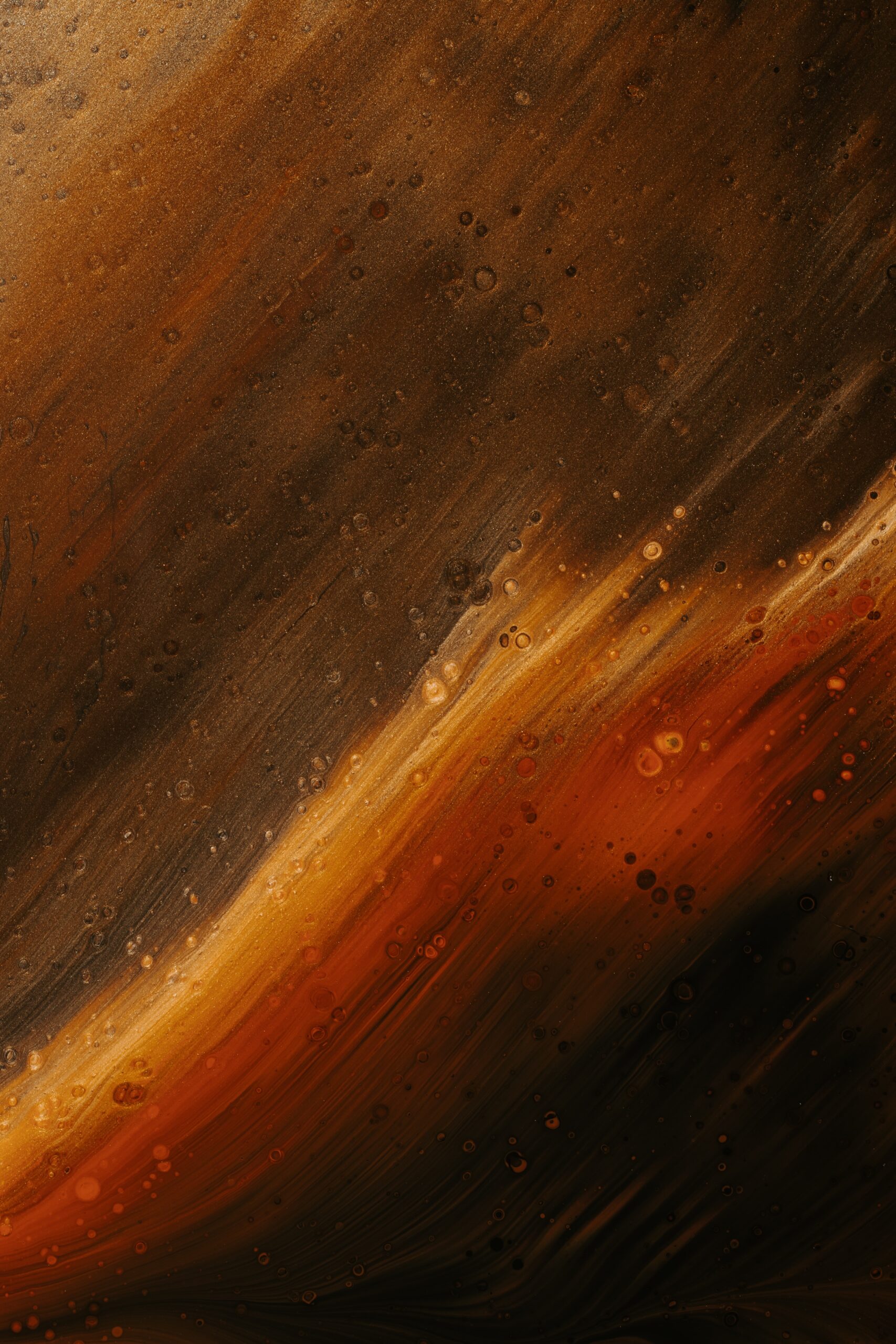In the realm of art and creativity, there is often a curiosity that arises when it comes to experimenting with different mediums. One such question that frequently emerges is: can I mix acrylic paint with resin? This intriguing combination has captured the attention of many artists, who seek to explore the possibilities of blending these two materials together. In this article, we will delve into the compatibility of acrylic paint and resin, examining the potential benefits and considerations that arise when mixing these artistic components. Whether you are an artist looking to explore new avenues or simply curious about the fascinating world of acrylic paint and resin, this article will provide you with the information you need to embark on your creative journey.
Can I Mix Acrylic Paint With Resin?
Acrylic paint and resin are two versatile and popular materials used in various art and craft projects. Many artists and hobbyists wonder if it is possible to mix these two mediums together to create unique and vibrant artworks. In this article, we will explore the advantages of mixing acrylic paint with resin, the considerations before attempting the mixing process, the materials needed, and the proper techniques for achieving the desired results. We will also discuss the application, drying, and curing process, as well as important safety precautions to follow. Lastly, we will provide some helpful tips and tricks for mixing acrylic paint with resin.
Advantages of Mixing Acrylic Paint with Resin
Mixing acrylic paint with resin can offer several advantages in terms of aesthetics and durability.
Firstly, combining the two mediums can result in stunning visual effects. Acrylic paint brings vibrant colors and textures to the mix, while resin adds depth, gloss, and a glass-like finish to the artwork. This combination allows artists to achieve a wide range of visual effects, from smooth and shiny surfaces to dynamic and multidimensional compositions.
Secondly, resin provides an added layer of protection to the acrylic paint. Once cured, the resin creates a protective barrier that shields the paint from external elements, such as dust, moisture, and UV rays. This enhances the longevity of the artwork and keeps it looking vibrant and fresh for years to come.
Lastly, mixing acrylic paint with resin enables artists to experiment with different techniques and effects. This combination allows for greater versatility in terms of creating textures, layers, and even three-dimensional elements within the artwork. The possibilities are endless when it comes to exploring the creative potential of mixing acrylic paint with resin.
Considerations Before Mixing Acrylic Paint with Resin
Before you dive into the world of mixing acrylic paint with resin, there are a few important considerations to keep in mind.
Firstly, it is essential to ensure that both the acrylic paint and the resin you intend to use are compatible with each other. Not all acrylic paints and resins will work well together, as some formulations may not bond properly or may react negatively, resulting in undesirable outcomes. It is crucial to read the labels and product instructions of both the paint and resin to determine their compatibility.
Secondly, consider the intended use and environment of the finished artwork. Some resins may be more suitable for specific applications, such as those requiring resistance to heat, water, or chemicals. Understanding the properties of the chosen resin will help you select the most appropriate type for your project.
Lastly, take into account the safety precautions associated with working with resin. Resins often contain harmful chemicals, so it is important to work in a well-ventilated area and wear protective gear, such as gloves and a respirator, to protect yourself from fumes and skin contact.
Materials Needed for Mixing Acrylic Paint with Resin
To mix acrylic paint with resin, you will need the following materials:
- Acrylic paint of your choice
- Resin (compatible with the chosen paint)
- Measuring cups or scales for accurate measurements
- Stir sticks or palette knives for mixing
- Disposable containers for mixing
- Rubber gloves and a respirator for safety
- Optional: pigments, additives, or inks to customize the color and effects
- Optional: additional tools for creating desired textures or effects, such as brushes, sponges, or pouring mediums
Ensure that all the materials are clean and free from any residue, as this can affect the quality and appearance of the final mixed acrylic paint and resin.
Preparing the Acrylic Paint for Mixing
Before mixing the acrylic paint with resin, it is important to prepare the paint properly for optimal results.
Start by selecting the desired colors of acrylic paint. Consider the color scheme and the overall artistic vision you wish to achieve. Acrylic paints are available in a wide range of colors and finishes, including metallic, matte, and fluorescent options, allowing for endless creative possibilities.
Next, squeeze or pour the desired amount of acrylic paint into a clean and disposable container. It is important to measure the paint accurately to maintain consistency in color and ratio when mixed with resin. Follow the instructions on the paint packaging to achieve the desired viscosity and consistency for your artwork.
Optional: If you want to customize the color or effects of the paint further, you can add pigments, additives, or inks at this stage. These additional materials can help create unique textures, gradients, or even special effects like pearl or iridescent finishes.

Preparing the Resin for Mixing
Once the acrylic paint is ready, it’s time to prepare the resin for mixing.
Start by selecting a compatible resin that suits your project’s requirements. Resins come in different types, such as epoxy resin and polyurethane resin, each with its own characteristics and drying times. Research and choose a resin that is suitable for your desired application and artistic vision.
Carefully measure the correct ratio of resin and hardener as specified in the product instructions. The resin and hardener should be mixed in the correct proportions to ensure proper curing and optimal results. Using measuring cups or scales can help achieve accurate measurements.
Combine the resin and hardener in a clean and disposable container. Stir the mixture slowly and thoroughly, making sure to scrape the sides and bottom of the container to ensure all components are properly mixed. Avoid whipping or stirring too vigorously, as it can introduce air bubbles into the mixture.
Optional: If desired, you can add pigments, dyes, or other additives to the resin mixture to achieve specific colors or effects. However, be mindful of the compatibility of these additives with both the resin and the acrylic paint.
Mixing Techniques for Acrylic Paint and Resin
Now that both the acrylic paint and resin are prepared, it’s time to mix them together. Remember to work quickly but carefully, as the resin will begin to cure once the hardener is added.
Combine the desired amount of mixed resin with the prepared acrylic paint. The ratio of resin to paint may vary depending on the desired transparency, opacity, or saturation of the final mixture. It is recommended to start with small amounts and adjust the ratio gradually until the desired consistency and color are achieved. Mix the two components together using a stir stick or palette knife, ensuring that they are thoroughly and evenly blended.
If you wish to create unique textures or effects, you can experiment with different mixing techniques. For example, gently swirling the resin and paint mixture can create marbled or swirled patterns, while briskly stirring can create a more uniform and blended appearance. Take the time to explore different techniques and combinations to find the one that best suits your artistic vision.
Applying the Mixed Acrylic Paint and Resin
Once the acrylic paint and resin are thoroughly mixed, it is time to apply the mixture to your chosen surface or substrate.
Make sure the surface is clean, dry, and free from any dust or debris that could affect the final result. Use a brush, sponge, palette knife, or any other appropriate tool to apply the mixture onto the surface. You can experiment with different application techniques, such as pouring, dripping, brushing, or even using a palette knife to create interesting texture and depth.
As you apply the mixed acrylic paint and resin, keep in mind the desired thickness and coverage. Thicker layers may require longer curing times and can have a more pronounced three-dimensional effect, while thinner layers can result in a more translucent or transparent appearance.
Allow the artwork to dry and cure according to the resin manufacturer’s instructions. The drying time may vary depending on the specific resin used and environmental factors such as temperature and humidity. It is important to be patient during the curing process to ensure a durable and long-lasting result.
Drying and Curing Process
The drying and curing process for mixed acrylic paint and resin is a critical step in achieving the desired finish and durability.
During the initial drying period, the mixture will begin to set and become tacky. It is important to avoid touching or disturbing the artwork at this stage to prevent fingerprints or other unwanted marks.
As the resin cures, it will gradually harden and reach its final strength and clarity. The curing time can vary depending on the specific resin used, but it typically takes anywhere from 24 to 72 hours. It is important to allow the artwork to cure undisturbed in a clean and dust-free environment to ensure a flawless finish.
After the initial curing period, the artwork may still feel slightly soft or sticky to the touch. This is normal and indicates that the resin is still undergoing its full curing process. It is recommended to allow the artwork to cure for an additional 7 to 14 days before handling or displaying it to ensure maximum hardness and stability.

Safety Precautions to Follow
When working with acrylic paint and resin, it is crucial to prioritize safety to protect yourself and the environment.
Always work in a well-ventilated area to minimize exposure to resin fumes. Open windows and doors, or use a fan or ventilation system to ensure proper airflow.
Wear protective gear, such as rubber gloves and a respirator, to avoid skin contact and inhalation of harmful fumes. Follow the manufacturer’s instructions regarding the specific safety precautions for the chosen paint and resin.
Avoid disposing of excess resin or paint down the sink or drain, as it can cause clogs and environmental damage. Instead, follow the proper disposal guidelines provided by your local waste management or recycling facility.
Tips and Tricks for Mixing Acrylic Paint with Resin
To achieve the best results when mixing acrylic paint with resin, consider the following tips and tricks:
- Start with small batches: It is easier to control and experiment with small amounts of mixed paint and resin. This allows for more precise adjustments in consistency, color, and effects.
- Mix gradually: Add the mixed resin to the paint in small increments, mixing thoroughly after each addition. This helps achieve the desired color and consistency without overpowering the paint with resin.
- Prevent air bubbles: To minimize the presence of air bubbles in your artwork, mix the resin and hardener slowly and carefully. If air bubbles do appear, gently blow on them with a straw or use a heat gun or torch to remove them.
- Experiment with additives: Explore the use of additives, such as pouring mediums, flow improvers, or texturizing compounds, to create unique effects and enhance the flow and workability of the mixed paint and resin.
- Practice on small samples: Before committing to a large artwork, it is advisable to practice mixing and applying the acrylic paint and resin on small samples or test pieces. This allows you to familiarize yourself with the process and experiment with different techniques and effects.
By following these tips and tricks, you can enhance the quality, creativity, and durability of your mixed acrylic paint and resin artworks.
In conclusion, mixing acrylic paint with resin opens up a world of possibilities for artists and crafters alike. The combination of vibrant colors, textures, and the durable finish of resin can result in visually stunning and long-lasting artworks. By considering the compatibility of the materials, preparing them properly, and following the recommended techniques and safety precautions, you can successfully mix acrylic paint with resin to create unique and beautiful pieces of art.




